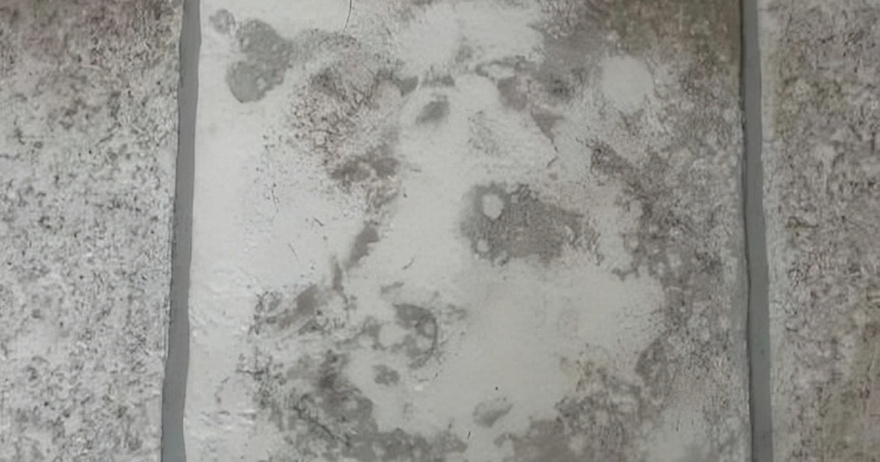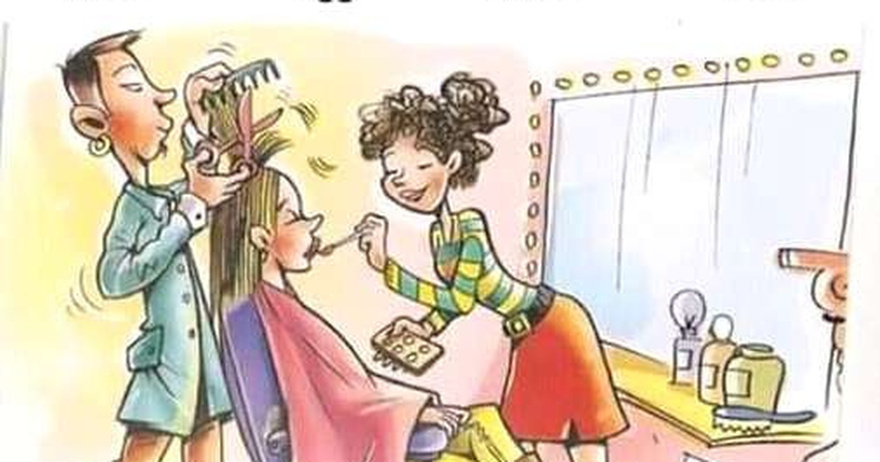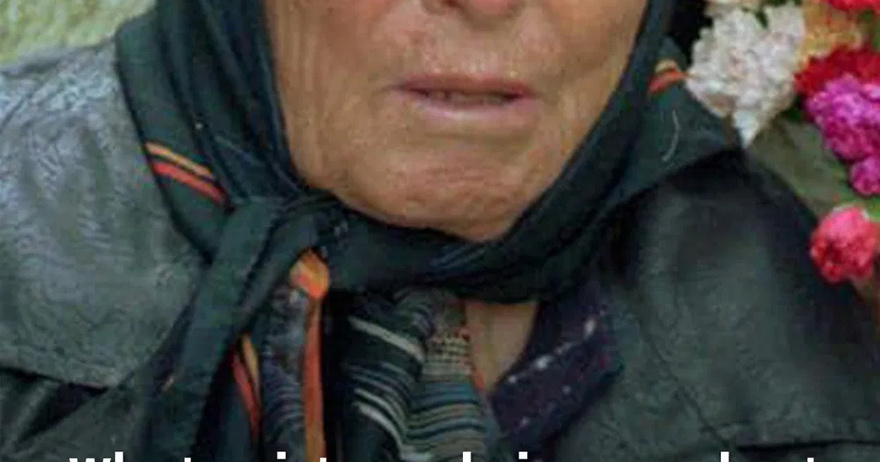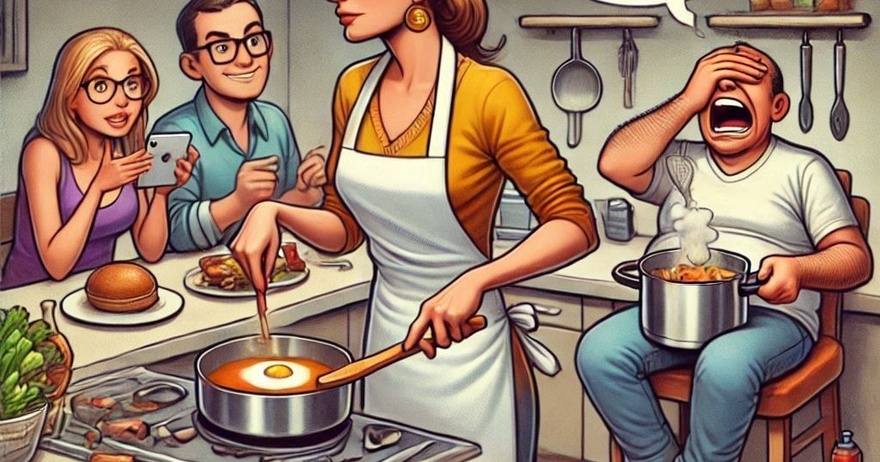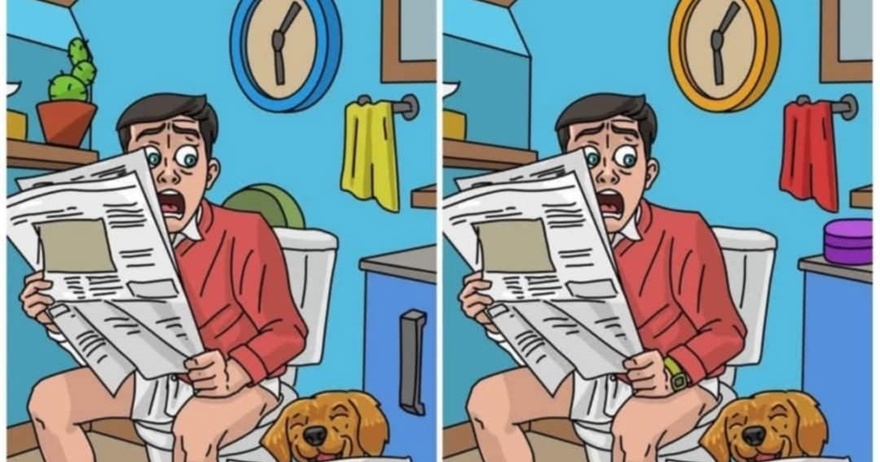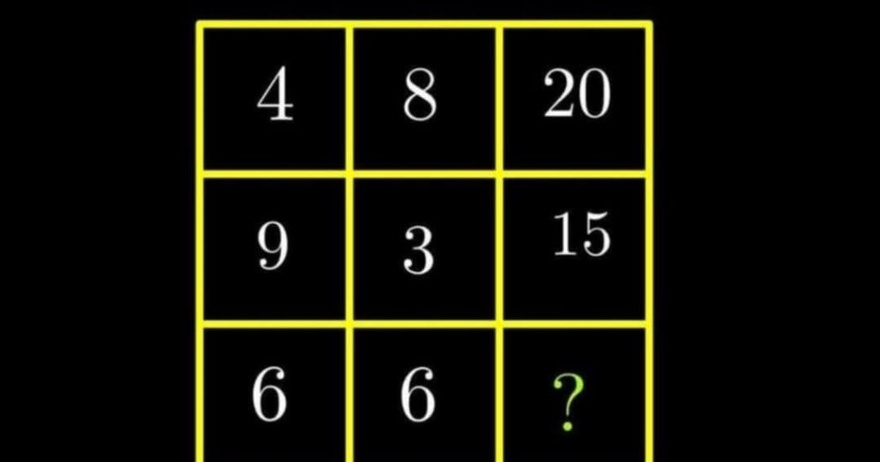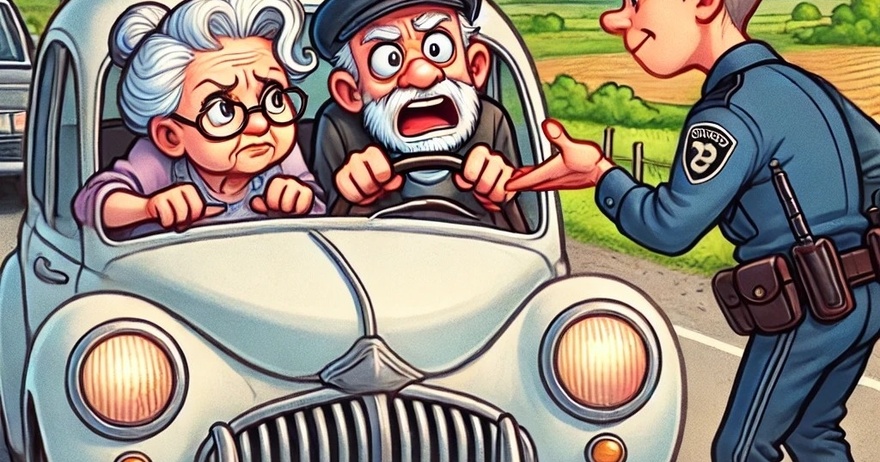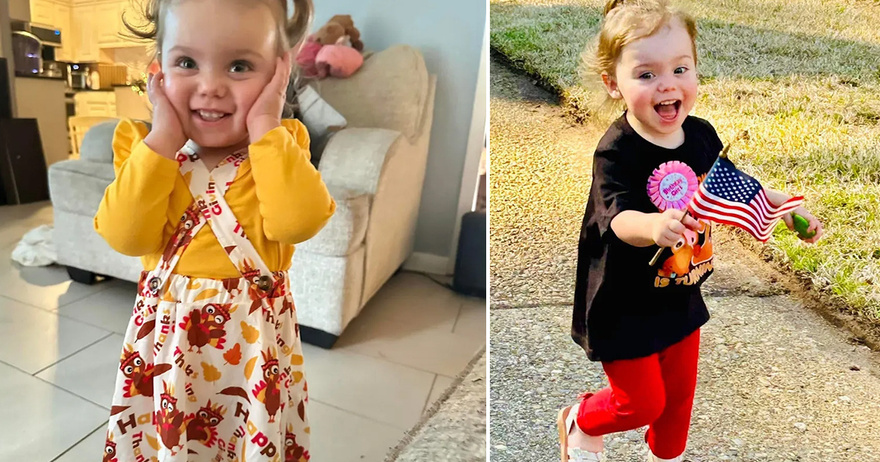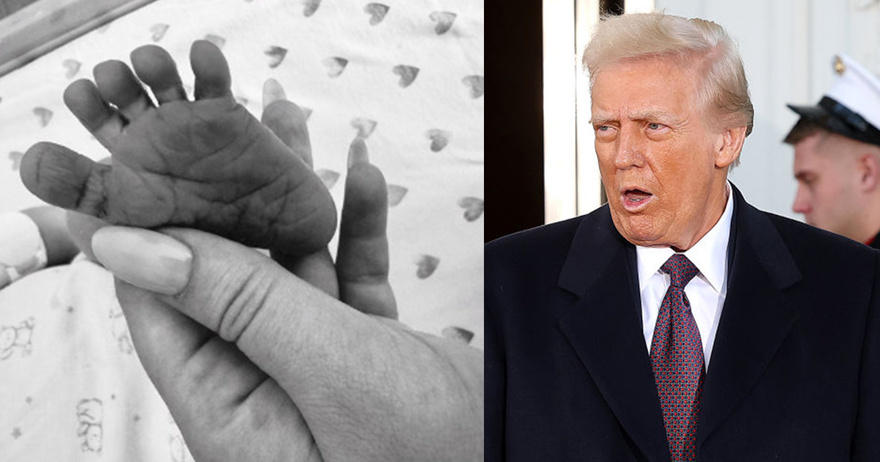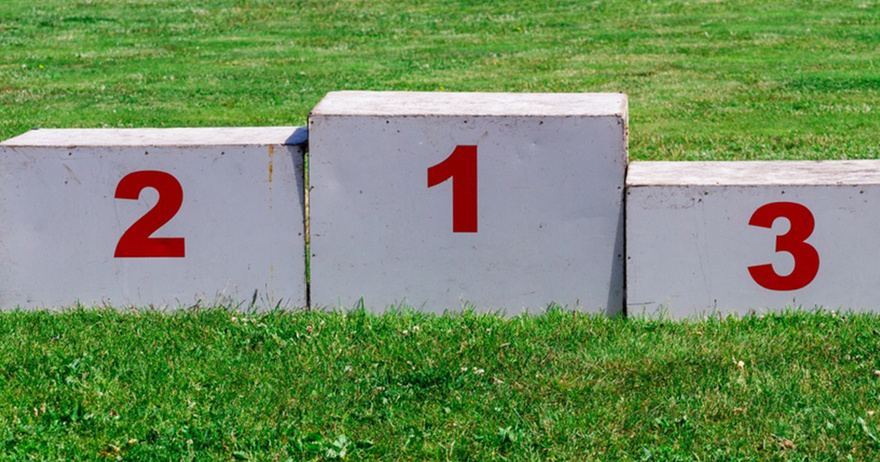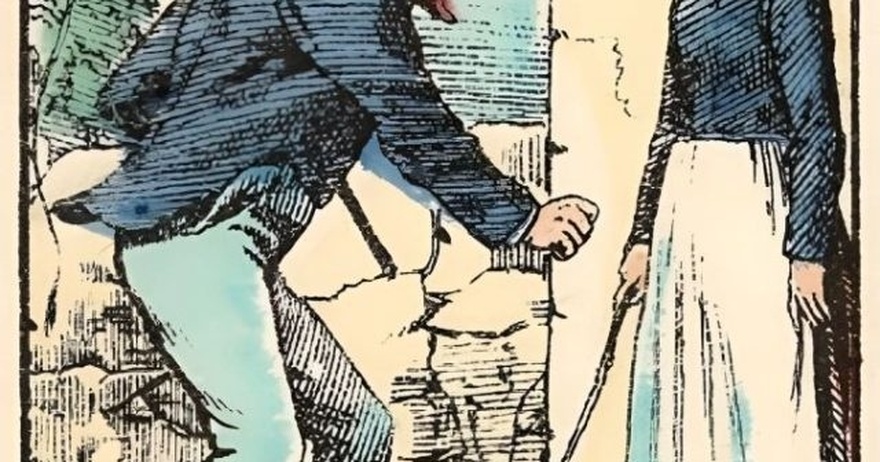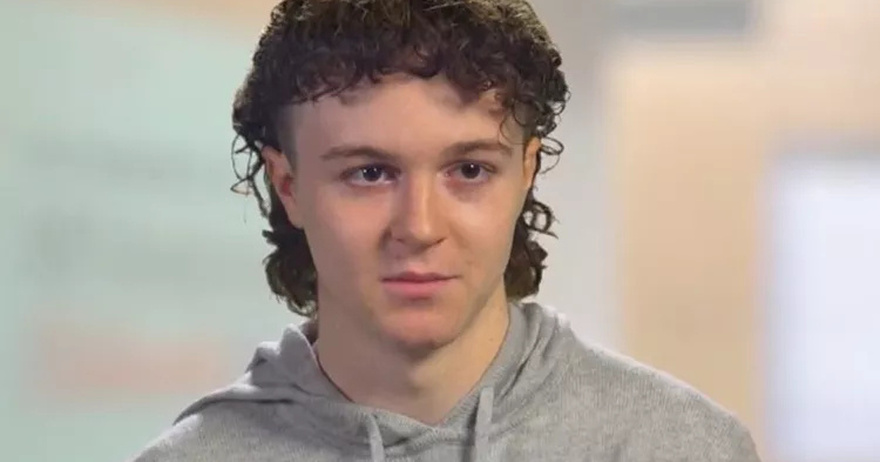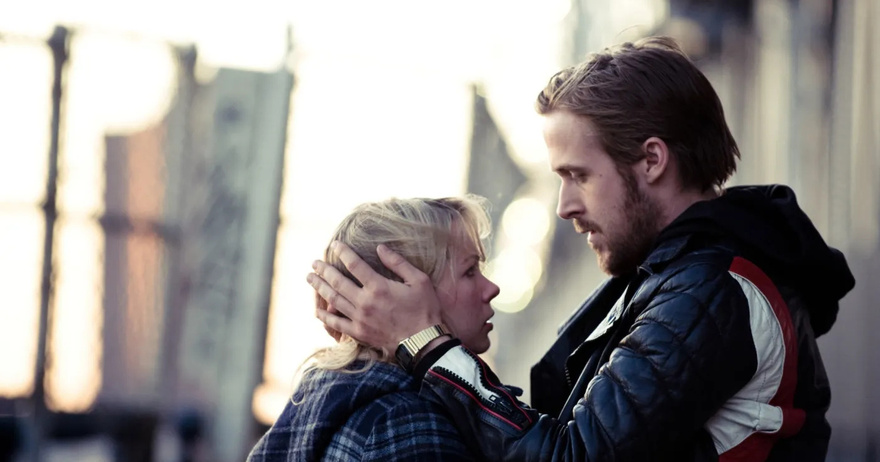Art can manifest in countless ways, and there are times when we encounter something that we don’t even recognize as art. One fascinating aspect of this is the tendency for people to perceive patterns in random objects.
This curious phenomenon that we all experience is called Pareidolia. In simple terms, it’s the ability to see something recognizable in something that doesn’t seem familiar at first. But how does this happen?
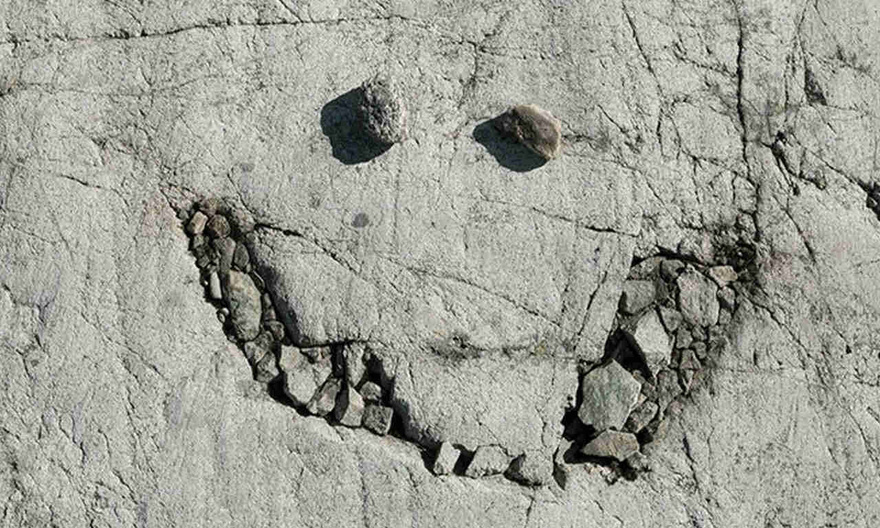
Picture yourself gazing at a tree, but instead of seeing a tree, you perceive a face. Or perhaps you’re staring at a random tile floor and suddenly recognize a familiar pattern within it.
This phenomenon occurs to everyone, and the shapes and patterns we identify during moments of Pareidolia are simply our brains at work. Our minds are designed to recognize familiar objects, which can lead to seeing the unusual in everyday things.
As a child, did you ever lie on your back and watch the clouds drift by? Many of us have experienced this, transforming those clouds into people, recognizable shapes, or anything our imagination conjures.
This ability is closely linked to our knack for spotting familiar faces. Imagine standing on a stage, scanning an audience of hundreds, and effortlessly locating a friend among the crowd. It’s just how our brains are wired.

When you experience Pareidolia, you have the unique ability to turn something ordinary, even if it feels unfamiliar, into something artistic. While some may find this odd, many view it as a perfectly normal phenomenon.
Researchers have studied this phenomenon closely and suggest it relates to how we express our emotions and engage socially. It might even connect to the process of creating art. Our brains have this incredible knack for seeking meaning, even in situations where there seems to be none, and that’s a part of what drives us.
Additionally, there’s an artistic dimension to Pareidolia worth noting. Artists often tap into this skill to discover hidden forms in nature and unusual objects, crafting remarkable pieces. They might even embrace the tendency to spot faces in unexpected places as a creative expression.
So, if you find yourself recognizing something familiar in an unfamiliar setting, don’t worry. It’s simply your brain working in a way that enhances your humanity.
